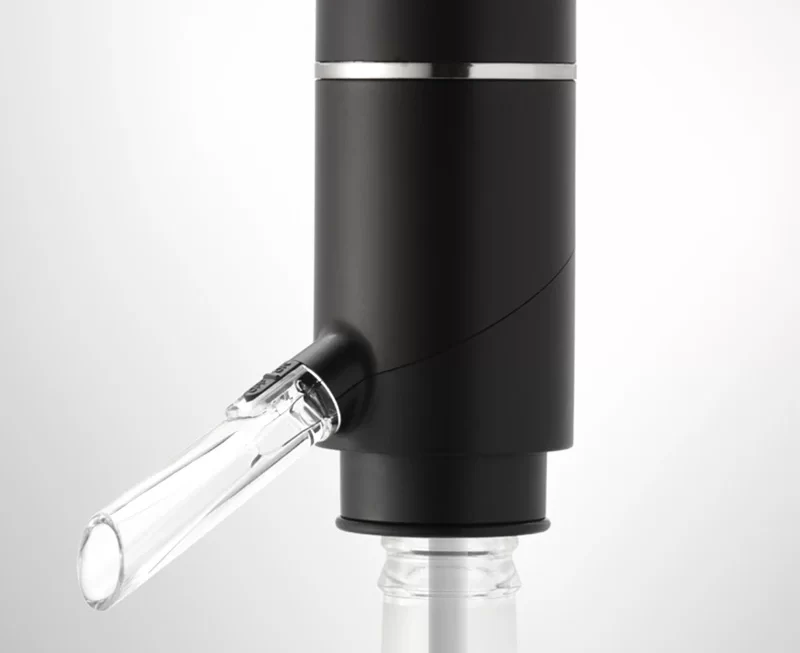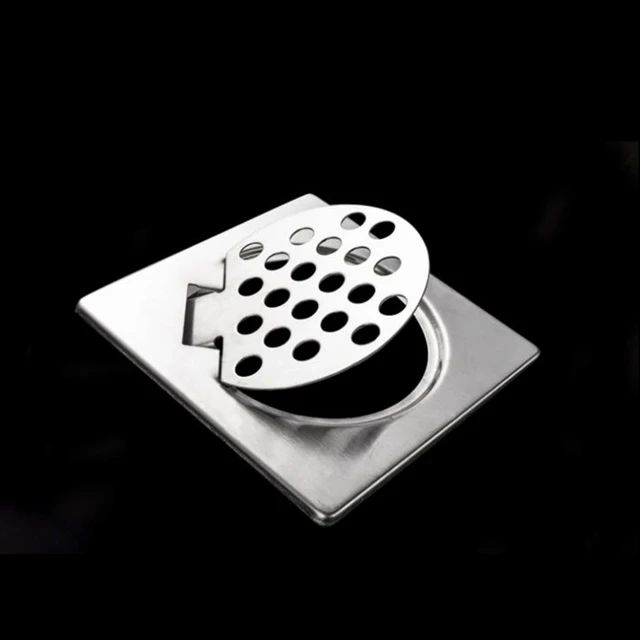The height of your kitchen counter can significantly impact both the functionality and comfort of your kitchen space. While kitchen design might vary based on personal preferences and regional practices, there is a widely accepted standard for counter height that ensures ease of use and ergonomic benefits. This article delves into the standard kitchen counter height, the reasons behind this standard, and factors to consider when choosing the ideal counter height for your kitchen.
 Some popular materials used for kitchen countertops, each with its distinct characteristics:
Some popular materials used for kitchen countertops, each with its distinct characteristics:
Natural Stone:
Granite:
Durability: Extremely hard and durable.
Appearance: Available in a variety of colors and patterns.
Maintenance: Requires periodic sealing to prevent stains.
Marble:
Durability: Softer than granite; can scratch and stain.
Appearance: Luxurious, with unique veining patterns.
Maintenance: Requires regular sealing and careful maintenance.
Quartzite:
Durability: Hard and resilient; similar to granite.
Appearance: Natural stone look with a variety of colors and patterns.Maintenance: Requires sealing to protect from stains.
Engineered Stone:Quartz (Engineered Stone):
Durability: Very hard and resistant to scratches and stains.
Appearance: Available in a wide variety of colors and patterns; can emulate natural stone.
Maintenance: Low maintenance; no sealing required.
Solid Surface:
Corian (and similar brands):
Durability: Vulnerable to heat and scratches but can be repaired.
Appearance: Seamless, available in many colors and patterns.
Maintenance: Non-porous; easy to clean and maintain.
Laminate:
Formica (and similar brands):
Durability: Affordable, but can be prone to scratches and heat damage.
Appearance: Wide range of colors and patterns available, some mimicking more expensive materials.
Maintenance: Easy to clean; no sealing required.
Wood:Butcher Block:
Durability: Can be scratched and stained, but is easily repairable.
Appearance: Warm, natural look that adds character to the kitchen.
Maintenance: Requires regular oiling and sealing to prevent water damage and bacteria.
Stainless Steel:
Durability: Highly resistant to heat and stains, but can scratch and show fingerprints.
Appearance: Sleek, modern, and professional look.
Maintenance: Easy to clean with appropriate cleaners.
Concrete:
Durability: Strong and heat-resistant, but can crack and stain.
Appearance: Customizable with various finishes and colors.
Maintenance: Requires sealing and regular maintenance to prevent stains and chips.
Recycled Materials:
Recycled Glass:
Durability: Durable but can be prone to chipping.
Appearance: Unique, often colorful patterns and designs.
Maintenance: Requires sealing to protect the surface.
Paper Composite:
Durability: Made from recycled paper and resin; heat-resistant but can scratch.
Appearance: Modern, available in various colors.
Maintenance: Requires routine cleaning and occasional oiling.
 What is the Standard Kitchen Counter Height?
What is the Standard Kitchen Counter Height?
The standard kitchen counter height is generally 36 inches (91.44 cm) from the floor to the countertop surface. This measurement is considered optimal for most tasks performed in the kitchen, such as food preparation and cooking.
Dimensions Breakdown
Countertop Thickness: The standard height includes the countertop thickness. Typically, countertops are about 1 to 2 inches thick.
Base Cabinets: The base cabinets, which support the countertop, are usually 34 to 35 inches tall.
Why 36 Inches?
Ergonomics: The 36-inch height is designed to suit the average height of people, providing a comfortable working surface that minimizes back strain.
Versatility: This height is versatile enough for various kitchen tasks, including chopping, mixing, and washing dishes.
Factors Influencing Counter Height
While 36 inches is the standard, several factors might influence the ideal counter height for your kitchen. These factors include user height, kitchen design, and specific tasks you routinely perform.
User Height
Comfort for All Users: If your household includes individuals significantly taller or shorter than average, you might consider adjusting the counter height to accommodate their comfort.
Custom Heights: For very tall users, a counter height of 38 inches might be more comfortable. Conversely, shorter individuals might prefer a height closer to 34 inches.
Kitchen Design
Open Concept Kitchens: In open-concept kitchens that blend with living spaces, counters might be designed to align with the flow and aesthetics of the adjoining areas, which could influence the height.
Island Counters: Kitchen islands sometimes have different heights for various functions, such as cooking, dining, or food preparation. Islands might be designed with a multi-level counter to serve different purposes.
 Specific Tasks
Specific Tasks
Baking Stations: Dedicated baking stations might have a lower countertop height of 30 inches to facilitate kneading dough and rolling pastries.
Bar Counters: Bar-style counters typically have a height of 42 inches to suit bar stools.
Types of Countertops and Their Impact on Height
Different countertop materials and styles might slightly affect the overall height of your kitchen counter. Here are some popular countertop materials and their typical thickness:
Granite and Marble
Thickness: Granite and marble countertops usually range from 1.25 to 2 inches in thickness.
Impact on Height: Despite their thickness, they are often installed on standard-height base cabinets, maintaining the overall height at around 36 inches.
Laminate
Thickness: Laminate countertops are typically thinner, around 0.75 to 1.25 inches.
Impact on Height: Their thinner profile allows for more flexibility with base cabinet height adjustments if needed.
Butcher Block
Thickness: Butcher block countertops can range from 1.25 to 2 inches in thickness.
Impact on Height: The thicker profile might slightly increase the overall counter height but generally adheres to the standard.
Quartz and Solid Surface
Thickness: Quartz and solid surface countertops usually range from 1 to 1.5 inches.
Impact on Height: They are commonly installed to maintain the standard 36-inch counter height.
 Adjusting Counter Height for Universal Design
Adjusting Counter Height for Universal Design
Universal Design Principles
Accessibility: Universal design aims to create spaces that are accessible to all individuals, including those with disabilities or special needs.
Counter Heights: In a universally designed kitchen, varying counter heights might be implemented to accommodate wheelchair users as well as standing users.
Multi-Level Counters
Options: Incorporating multi-level counters provides different work surfaces suited to various tasks and user heights. For example, a section of the counter might be 30 inches high for seated tasks, while the rest remains at 36 inches for standing work.
Practical Considerations When Choosing Counter Height
Budget Constraints
Custom Work: Adjusting counter heights, especially with custom cabinetry, might incur additional costs. Consider your budget when making these decisions.
Standard Solutions: If budget is a concern, sticking to the standard 36-inch height provides a cost-effective and efficient solution.
Kitchen Layout and Size
Work Triangle: The arrangement of the sink, stove, and refrigerator, known as the work triangle, should guide the placement and height of counters to ensure efficient workflow.
Space Optimization: In smaller kitchens, maintaining standard counter heights can help optimize space and functionality.
Future-Proofing
Resale Value: Homes with standard counter heights are more appealing to potential buyers, ensuring consistency and comfort for a wide range of people.
Adaptability: Consider future needs, such as aging in place. A universally designed kitchen with adaptable counter heights can cater to changing needs over time.
Installation Tips for Optimal Counter Height
Professional Installation
Hire Professionals: Engaging professionals ensures that countertops are installed accurately and securely, maintaining the intended height.
Measurements: Ensure precise measurements and leveling during installation to avoid any discrepancies that could affect functionality and aesthetics.
DIY Considerations
Tools and Skills: For DIY enthusiasts, ensure you have the necessary tools and skills to measure, cut, and install countertops correctly.
Install Support: Secure base cabinets and use shims as needed to ensure a level surface for the countertop.
 Conclusion
Conclusion
The standard kitchen counter height of 36 inches balances ergonomics, functionality, and design, making it suitable for a wide range of users and kitchen tasks. However, customization based on user height, specific kitchen needs, and design preferences can enhance comfort and usability.
When planning or remodeling your kitchen, consider the standard height as a starting point and adjust as needed to create a space that is both beautiful and comfortable. By taking into account factors like user height, specific tasks, and universal design principles, you can achieve a kitchen layout that serves you well both now and in the future.



